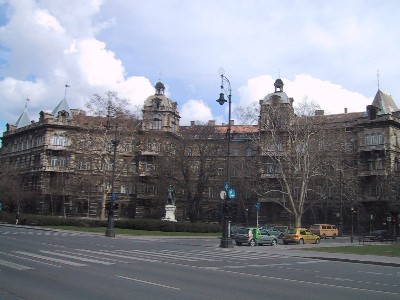
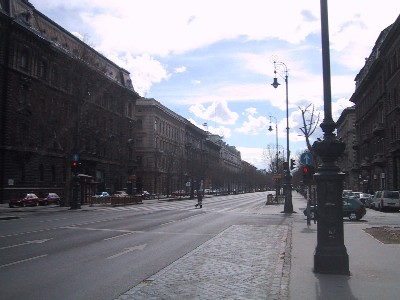
Pest is the newer part of town and is separated from Buda by the River Danube. Most of the commercial and political goings on occur in Pest.


Here is Andrassy Way, the main boulevard, in Pest. There are lots of old, impressive buildings and tons of embassies. In the picture on the left you can see what I thought were pretty buildings in various states of disrepair. This is the one thing I find infuriating about Europe. Everything is old. People get used to things being old and historic. I'm sure the Hungarian economy can't absorb all of the poorly maintained real estate, but this is THE major road in the town. If these buildings were just anywhere else in the western world they'd be preserved. Oh well.
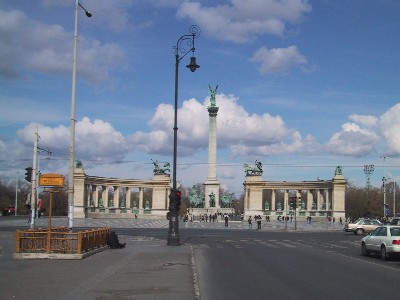
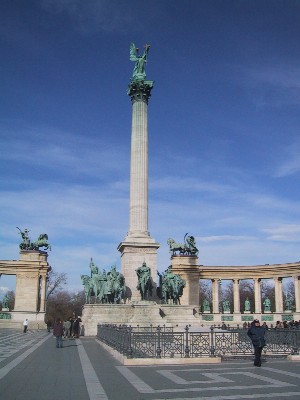
At the end of Adrassy Way leaving the city center you come upon the Millenium Monument. In the lower left of the first picture you can see a set of yellow stairs leading to the subway. This subway line ran the entire length of Adrassy Way, and it was pretty clean and smooth. After using this subway I started to build my mental picture of post-communist Hungary. In the stations, they still had little old ladies doing jobs that have been automated everywhere else. Gotta love lifetime employment.
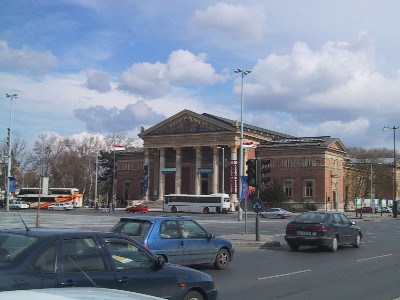
To the right of the Millenium Monument is the Mucsarnok. I have absolutely no idea what it is or what is used for. Couldn't find it in any of my guide books, but I just thought it looked cool.
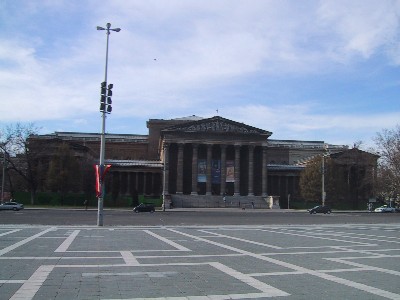
To the left of the Millenium Monument is the Fine Arts Museum.
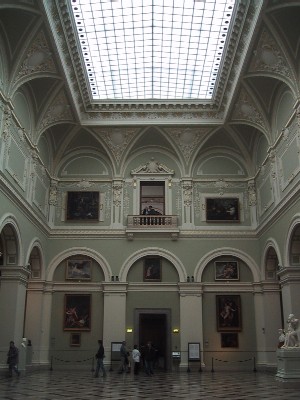
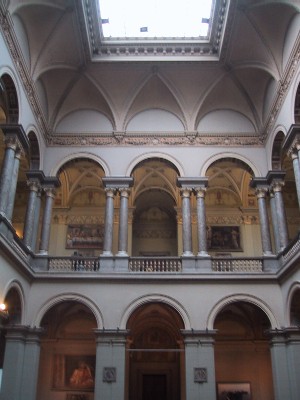
The actual interior and presentation of the Fine Arts Museum was pretty incredible.
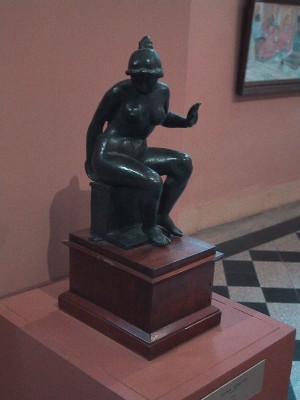
Budapest was the third, and last stop, on our trip. By this time, we'd seen too many art museums. But after seeing this piece in the Fine Arts Museum it made all the toil worthwhile. Yes, look closely... it is a bronze of a woman wiping her bum. It made the $5 fee we had to pay in order to take pictures in the museum seem like good value for money. What makes it even better was this statue was in the room with all the REALLY expensive stuff by Renoir, Monet, van Gogh, etc. The piece wasn't by anyone that I recognized (not hard, mind you, but maybe Rodin), but it just kind of summed up our time in Budapest.
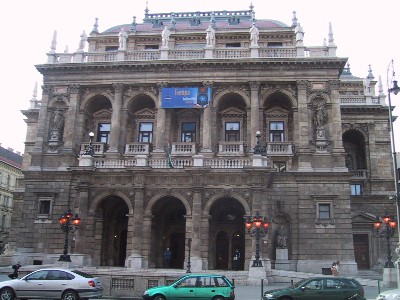
Heading back into town on Andrassy Way we came across the Hungarian National Opera House.
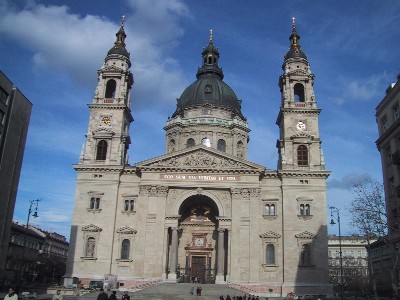
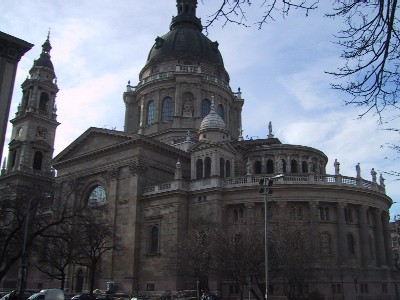
Further into Pest and near the river is St. Stephen's Basilica. We tried to get in a couple times during our visit, but we always seemed to miss the opening hours.
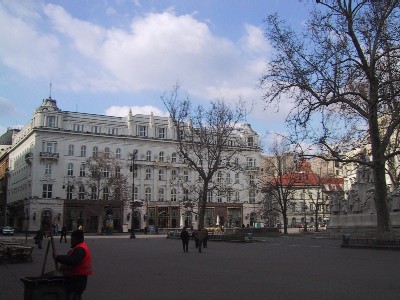
A couple blocks over from the basilica is the Gerbeaud Pastry Shop, which is quite famous apparently. I guess it pre-dates the communists and is still popular today. The stuff was good, but I wasn't "wowed".
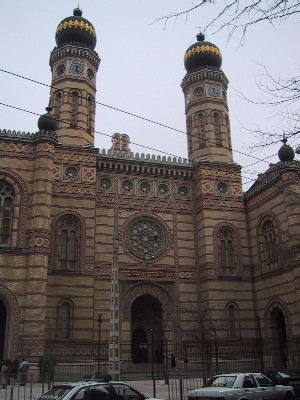
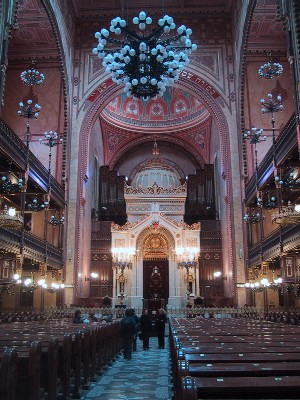
This is the exterior and interior of the Great Synagogue.
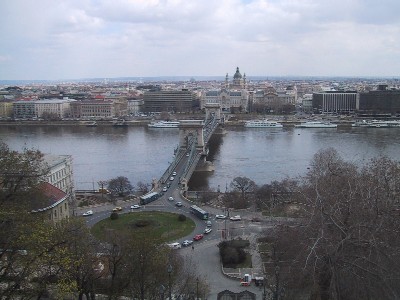
This is actually a view of Pest from across the river. I really like this photo because it is far away enough from everything to give the viewer a sense of how grand the city once was. The bridge in the foreground is the Chain Bridge, which really reminds me of the Clifton Suspension Bridge. At the far end of the bridge you can see the dome of St. Stephen's Basilica.
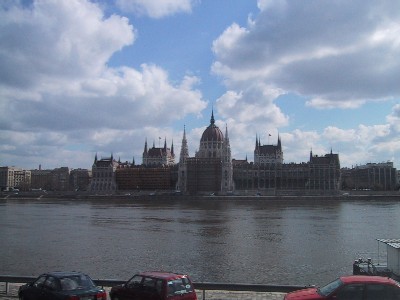
Also, located in Pest is the Hungarian Parliament building, which at the time of construction (completed in 1904) was the largest building on the planet. I had to take the picture from across the river just to fit it all in.
Back to the top
After a day in Pest, we headed over to Buda and the Castle Hill. At one time, the big hill held many of the city's fortifications to protect the access to the River Danube. Now, the castle complex has a few museums in the old palace and a little tourist town.
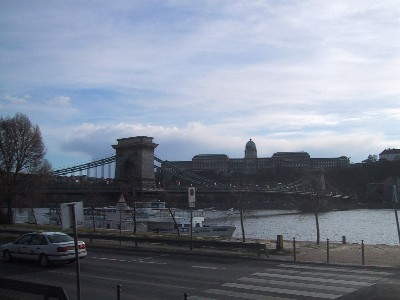
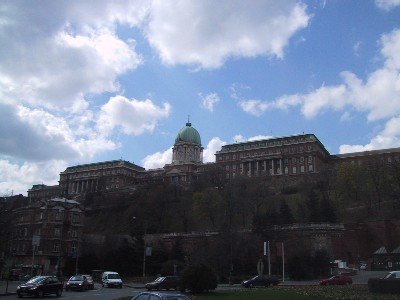
I took the picture on the left standing in Pest overlooking the river. In the picture is the famous Chain Bridge and in the distance on the hill is the Buda Castle Palace. The second picture is a closer look at he Buda Castle Palace.
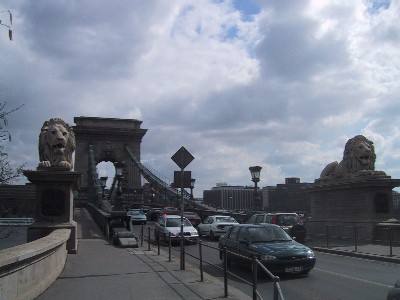
I just thought this was a cool picture of the Chain Bridge with the lion pediments.
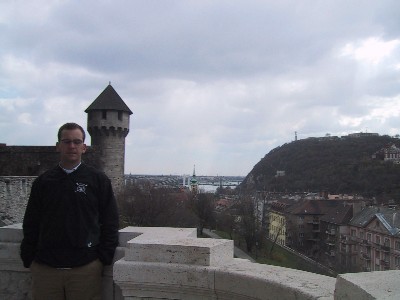
The little cog train that takes visitors up to the top was down for scheduled maintainence. I think it's only shut down once a month, and that was the day we chose to go. Anyway, we had to climb the switchbacks along the castle walls in order to get to the top, which wasn't too bad. Here I am posing for a picture along one of the walls.
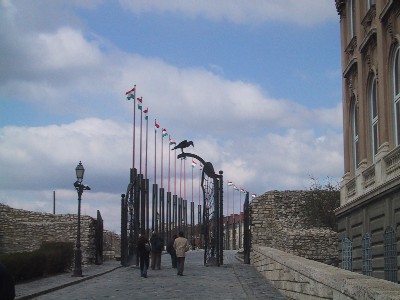
I didn't take too many photos of the Palace since it's mostly museums. The building is pretty cool, but pretty modern. The original building was destroyed during WWII and the new one in the previous photos was built after in the baroque style. The above photo of the gate to one of the courtyards struck my eye. I never quite figured out the association between ravens and Budapest, but the bird's image was many places. This photo was neat because the gate was unique with the colorful Hungarian flags wavering in the background.
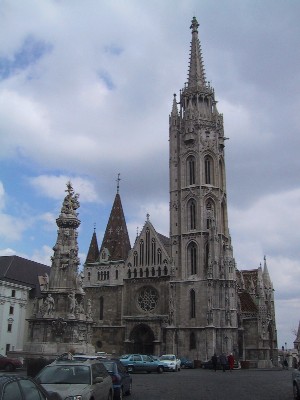
After leaving the palace grounds you enter the old town, which is still on top of Castle Hill. The Matthias Church dominates the main square.
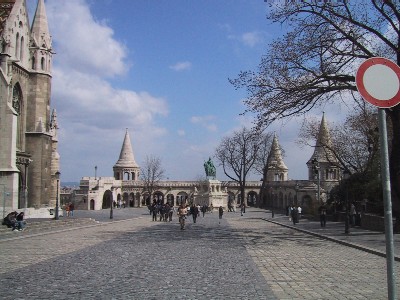
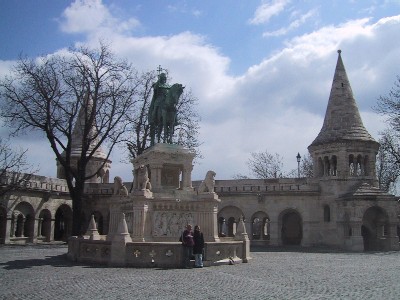
Right next to the Matthias Churuch is an ornate wall/fortification called Fisherman's Bastion. It was built in the 19th century as part of the city's millenial celebrations. I don't think it really served any purpose other than ornamentation, but it affords amazing views of the river and Pest.
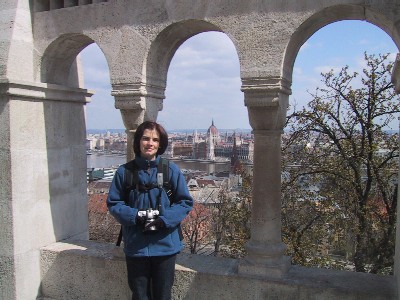
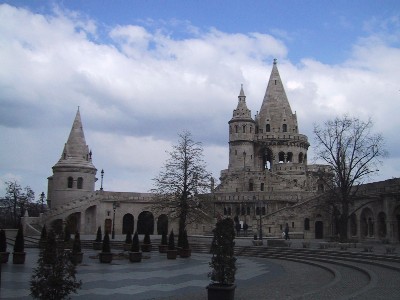
And here is Erynn posing by one of the windows in Fisherman's Bastion. You can see the Parliament Building over her shoulder.
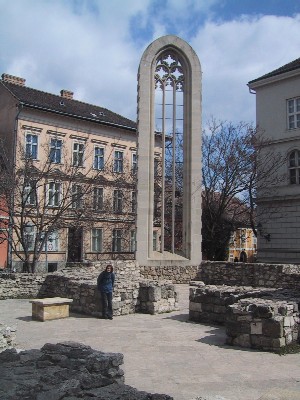
In one corner of Castle Hill is the Mary Magdalene Tower. It used to be a 13th century church, which was destroyed during WWII. Only one window was left standing as testimony to the devastation of war. There's little Erynn standing in front of it.
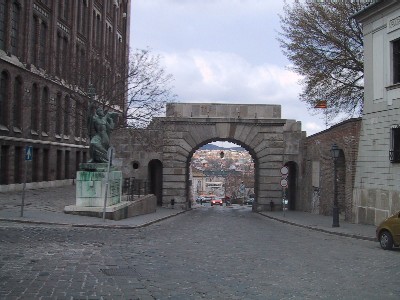
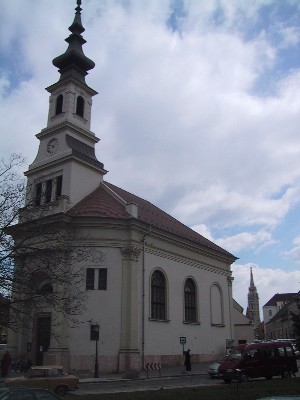
Vienna Gate is one of the main entrance points to Castle Hill. All four streets than run the length of Castle Hill converge before the gate. The church in the right picture is opposite the gate.
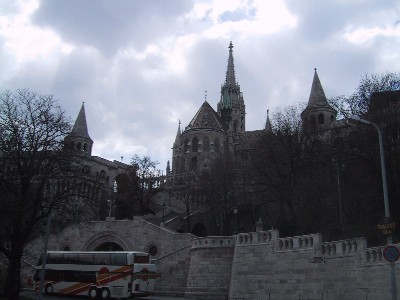
As we left Castle Hill to go back to the hotel, I took this photo up toward Fisherman's Bastion with the spire of Matthias Church in the background.
Back to the top
© 2003 Doug Rathburn